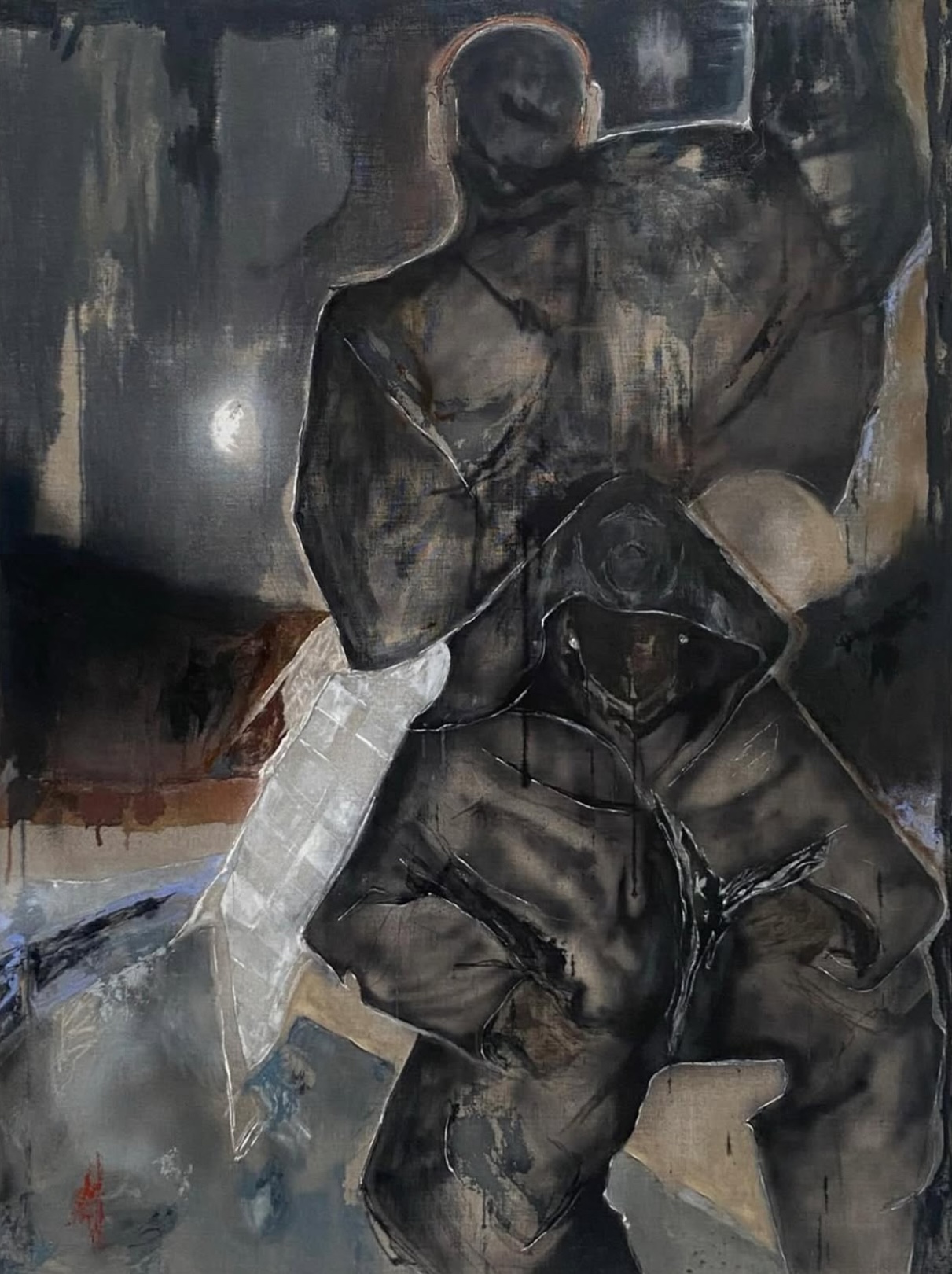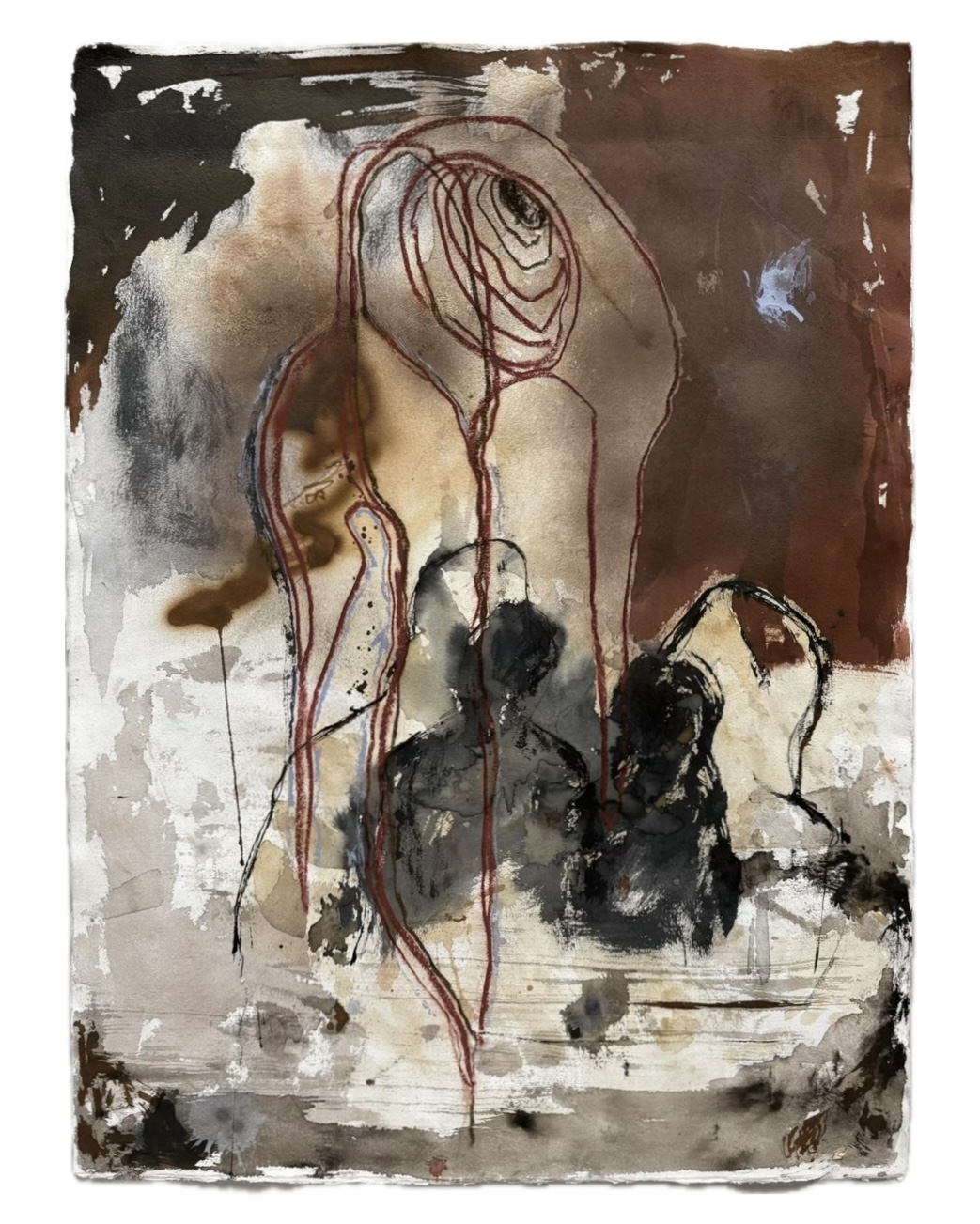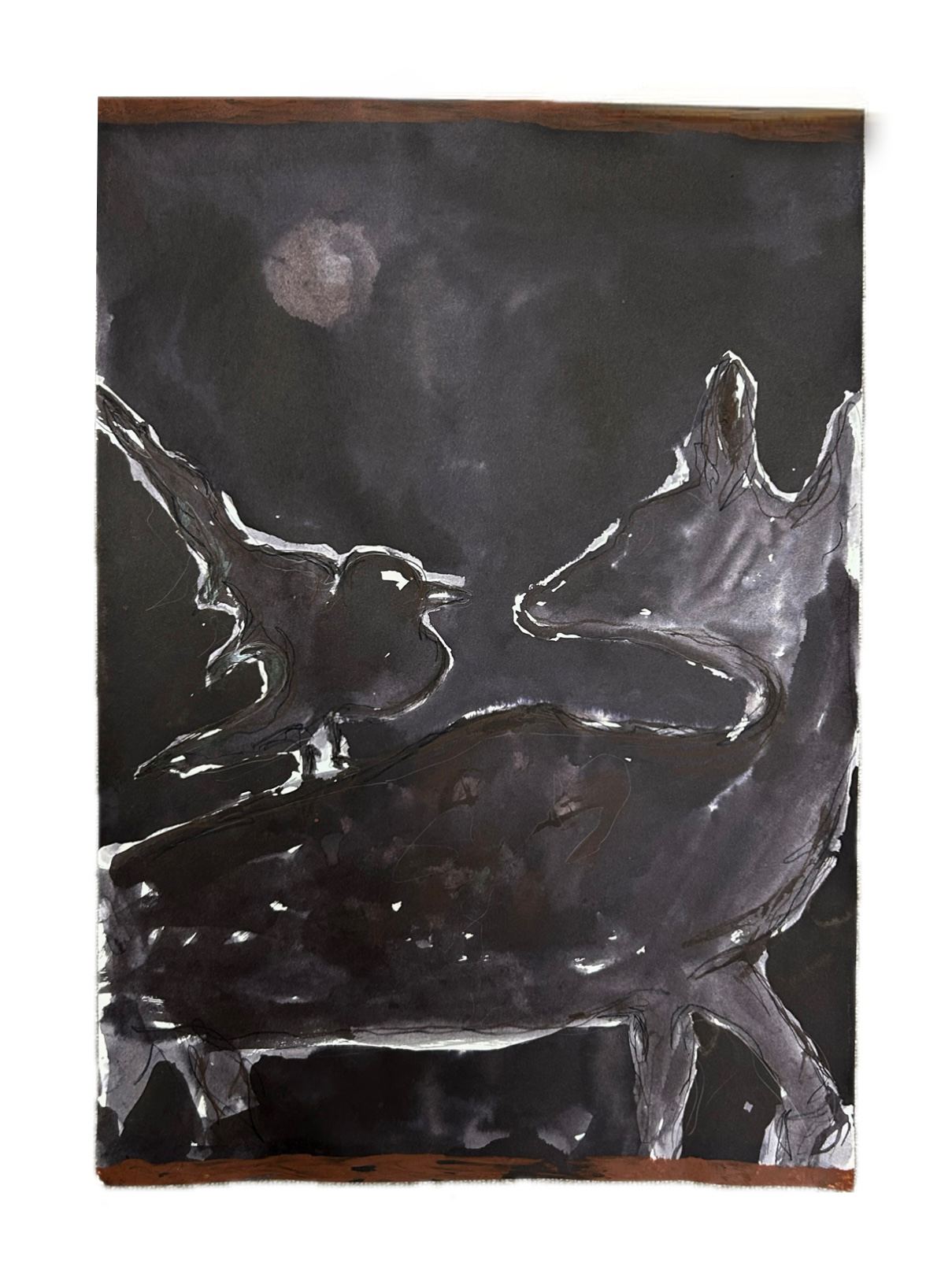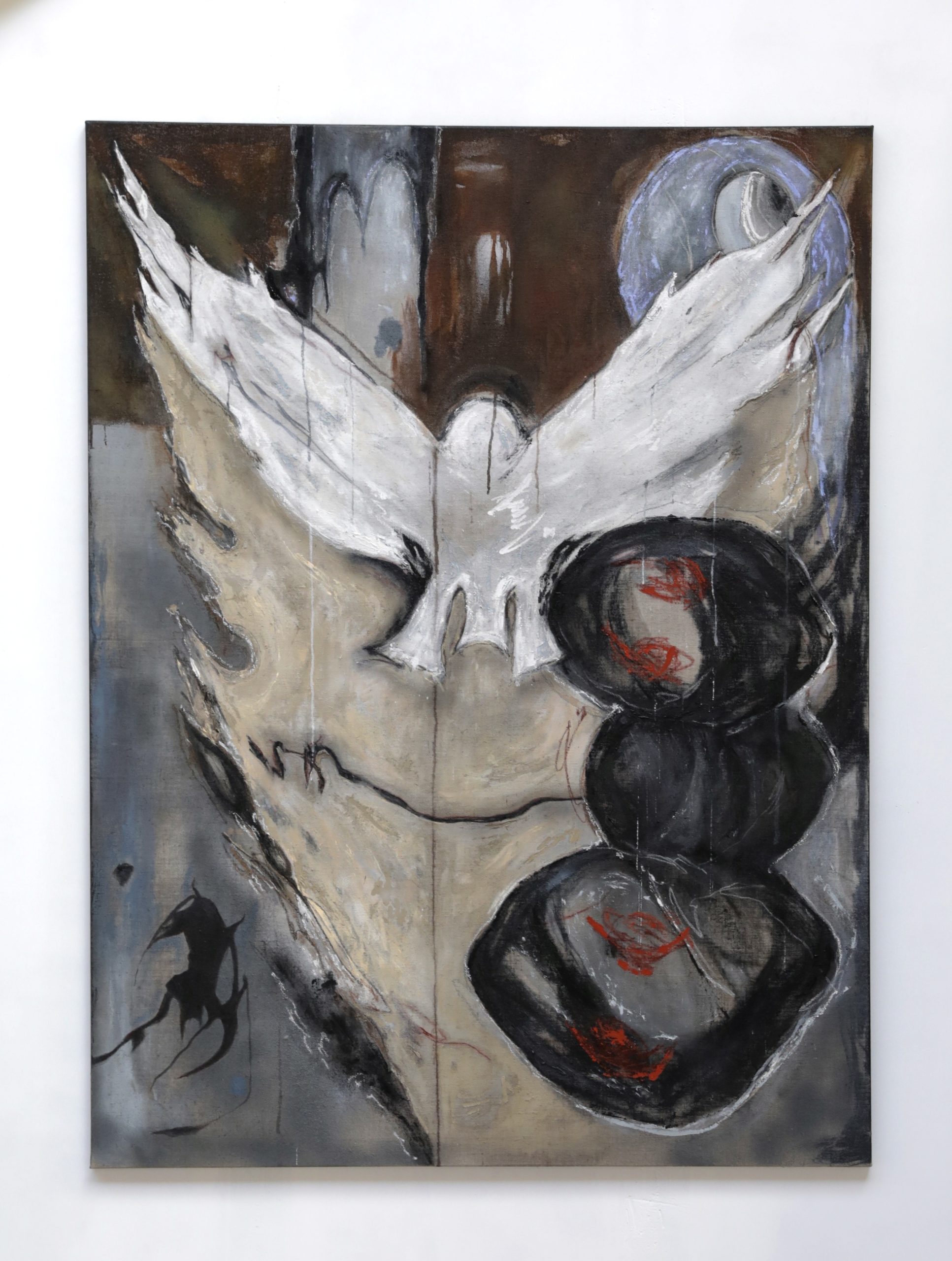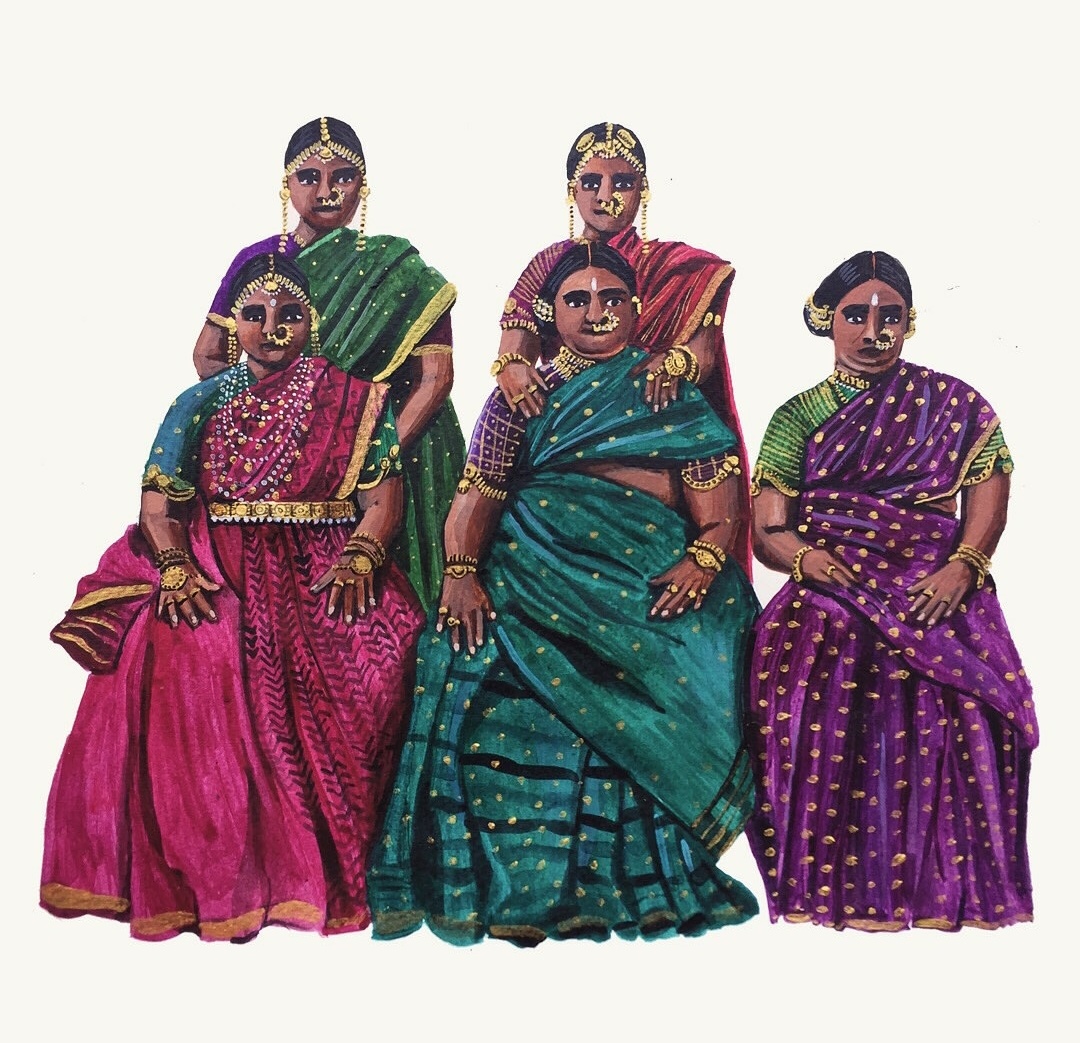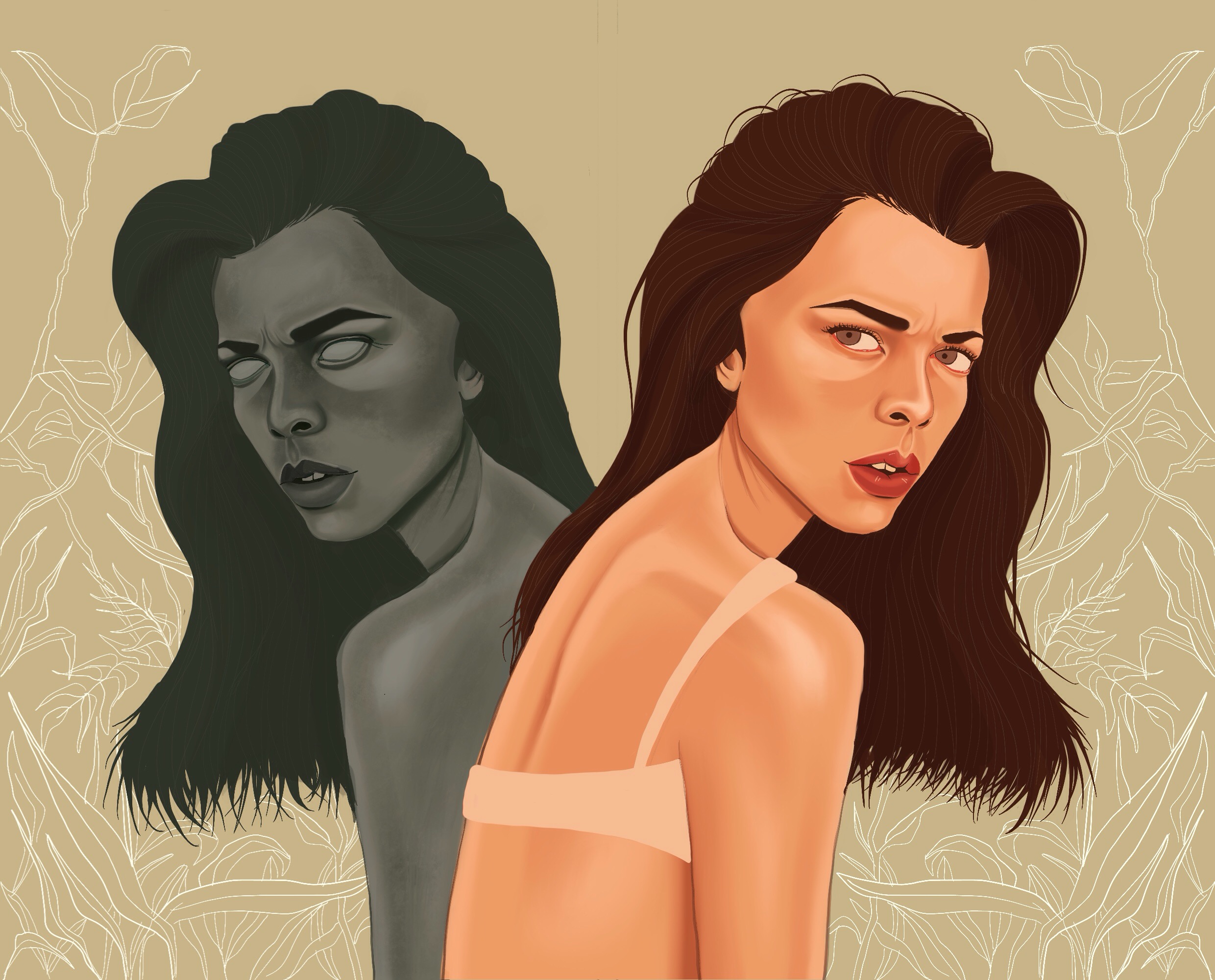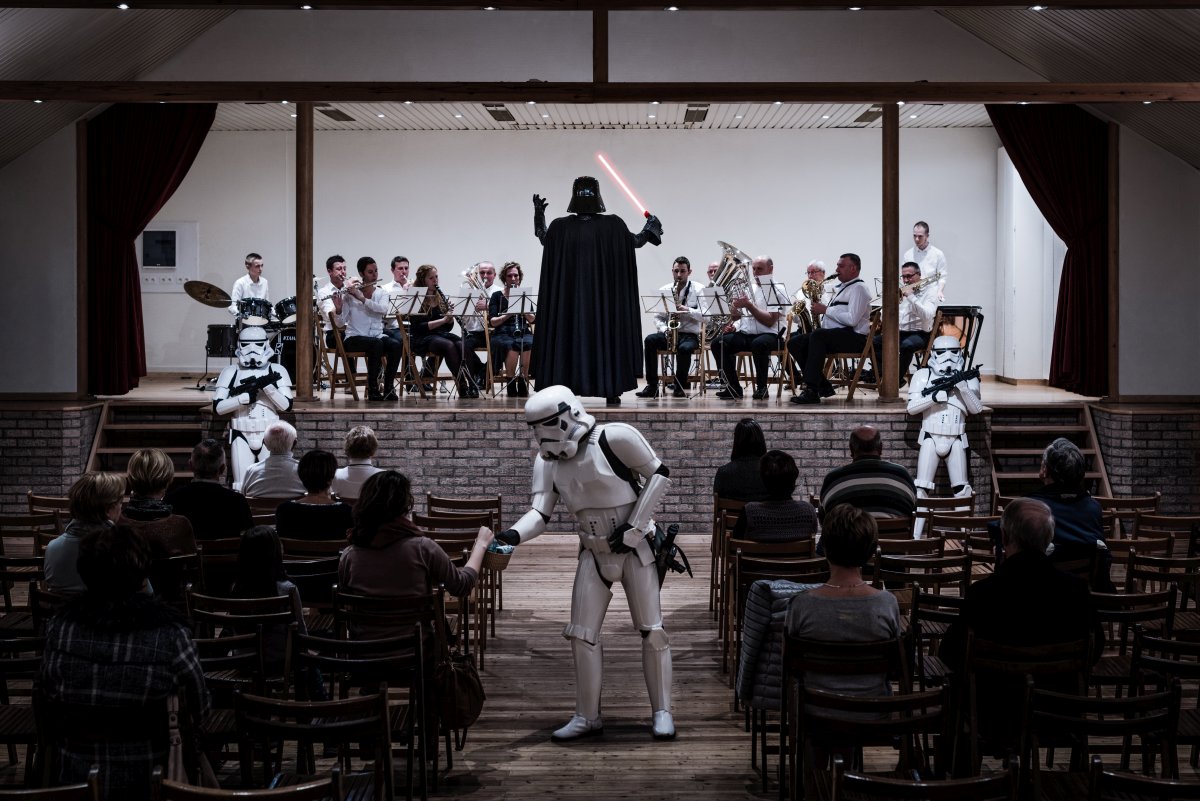In Elizaveta Filips’ world, nothing stays still. Figures blur into beasts, skies melt into flesh, and meaning pulses just beyond grasp. Her paintings, much like whispered dreams caught between sleep and waking, summon a liminal state—where memory becomes myth and confrontation feels like communion. Born in Rostov-on-Don and now based in Paris, Elizaveta conjures an emotionally charged visual lexicon that is at once spectral and magnetic. Her works don’t narrate — they reverberate.
The artist’s latest body of work, comprising pieces like Tell the Vision, Freefalling, and Keep My Spirit Alive, expands her ongoing exploration of in-betweenness — not just in form, but in feeling. Here, one doesn’t look at the canvas so much as fall into it. A wolf and a bird lock eyes mid-motion (The Quiet Joyful Song), not as hunter and prey, but as eternal opposites in poetic balance. In another, a ghostly figure (I’ll Be There) stretches out in aching ecstasy or surrender, its edges smudged into shadow as if time itself tried to erase it.
“I’m fascinated by what refuses to settle,” Elizaveta shares. “These in-between forms — part human, part memory, part something else — feel truer than anything fixed.”
Above: 1. Tell the Vision, 2. Freefalling, 3. Keep My Spirit Alive 4. I’ll be there.
Below: The Quiet Joyful Song
Her materials echo this refusal to conform. Gouache bleeds into ink, charcoal stains paper like old wounds, and colors bloom and decay across the surface. The physicality of each work feels urgent and wounded — as if the canvas had witnessed something sacred and terrible and could only respond with texture.
Across these works, one motif hums beneath the surface: confrontation. Not loud or violent, but hushed and potent — like a held breath. In TRUTH OR DARE, two indistinct figures stand back to back, estranged or simply lost in parallel reverie. Above them, the word “FAKE” erupts in raw strokes — not as an accusation, but perhaps a question. What is real? What is remembered?
Above: Truth or Dare
Below:Sin
The act of looking — and being looked at — is central. In SIN, a dark composition pierced by moonlight, a bird and a fox face each other in profile, eyes wide open, as if suspended in an ancient, unknowable dialogue. The titles themselves — Meeting the Fairytale, Revelations 19:1, What It Takes to Be a Star — are lyrical fragments, suggesting a cosmology pieced together through intuition rather than doctrine.
Filips describes her creative process as something that’s beginning to outgrow her. “Maybe the story isn’t mine anymore,” she reflects. “Maybe it never was.” And yet, it’s unmistakably hers — in its refusal to offer certainty, in its vulnerability, and in its trust in the viewer’s intuition.
She draws inspiration from myth, cinema, early 2000s pop surrealism, and music. Young Fathers, she says, is a constant companion in the studio — their raw, genre-defying sound an emotional metronome to her visual rhythm.
To stand in front of Elizaveta’s paintings is to feel a shift — like walking into a room where something just happened, or is about to. It’s not about deciphering, but about witnessing. The magic lies in the flicker — that brief moment when an image feels familiar, then foreign, then true.
As she puts it:
“I don’t paint answers. I paint that flicker.”
And it’s in that flicker — between vision and hallucination, between ritual and rebellion — that Elizaveta Filips invites us to stay a little longer.


